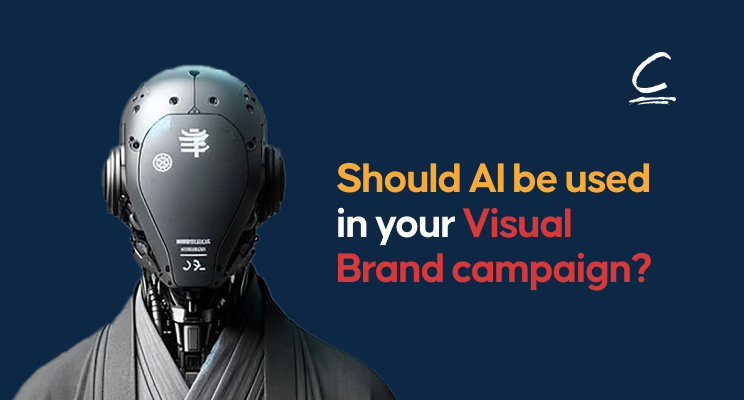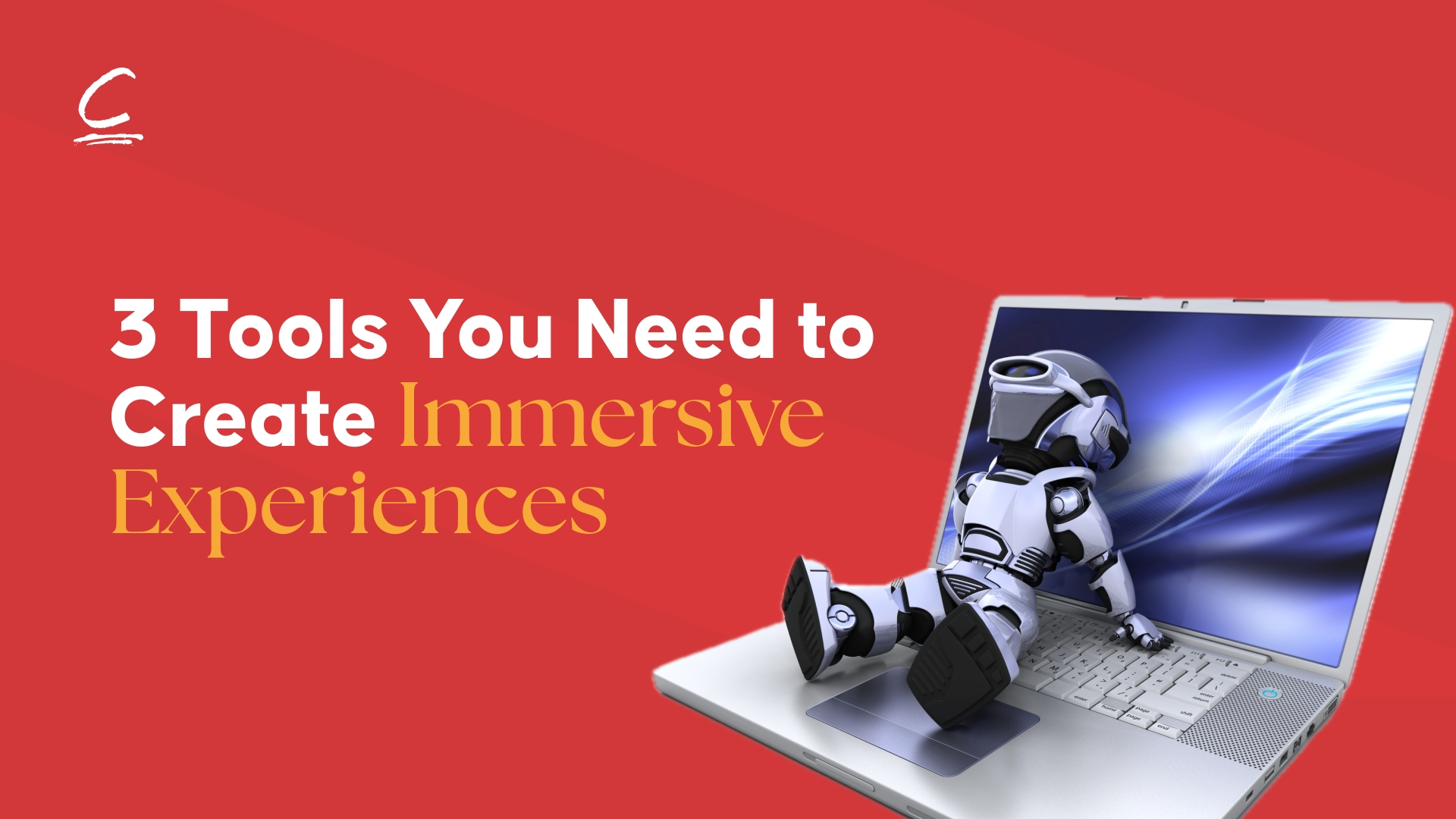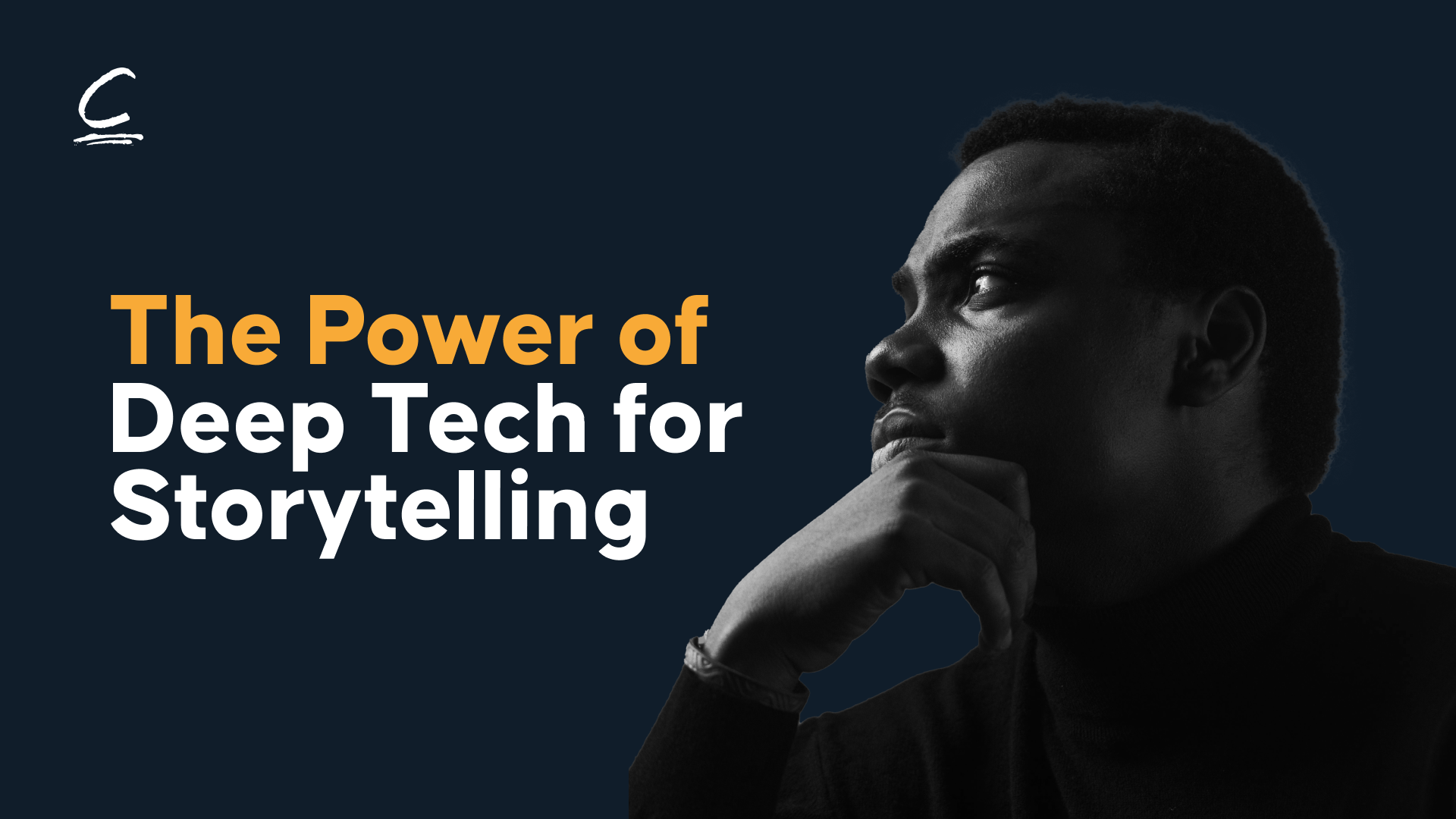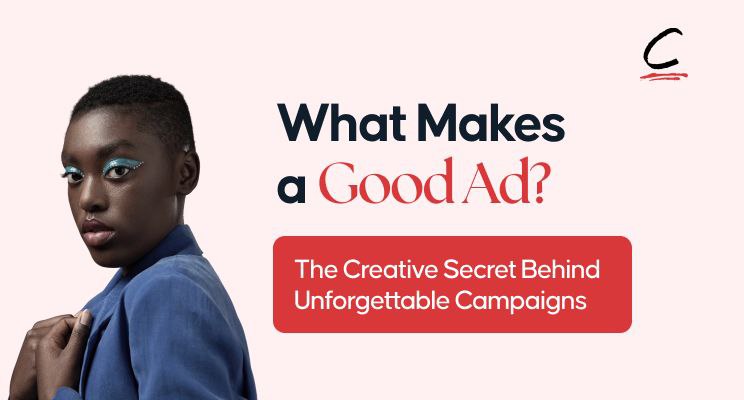
Should AI be used in your Visual Brand campaign?
“6 fingers, Soulless stare, telegraphic messages, snatched art and a disfigured face”
From the excerpt above, Is this what you want to run an ad campaign for?
Artificial intelligence (AI) has an irresistible appeal in visual branding, where each pixel serves as a witness to a brand’s essence. The capacity to produce remarkable images at previously unheard-of speeds has enthralled marketers across the globe.
However, underlying this glamorous exterior sits a fundamental truth: Even if remarkable, AI-generated material frequently fails to capture the subtleties of human creativity and connection.
The attractiveness of AI resides in its efficiency. It can produce many designs in a fraction of the time it would take a human designer.
Nevertheless, there is a price for this efficiency. AI-generated content frequently lacks the distinctive personality and personal touch necessary to establish a brand as genuinely memorable.
It may come across as mass-produced, generic, and without the distinctiveness that distinguishes brands.
Additionally, content created by AI frequently comes across as fake. AI systems have difficulty simulating the finer details of human expression and emotion, even if they can be taught on enormous quantities of human images.
Those who watch may feel disengaged and uninspired as a result of the artificiality of the scene. A concept in robotics known as the “uncanny valley phenomenon” refers to the uneasiness humans feel when they interact with nearly human-like but not quite human-like entities. You can use AI-generated content using the same principle. Images can cause discomfort and even repulsiveness when they are too similar to human-made art but remain distinct from it.
AI in visual branding has the potential to undermine consumer and brand trust. Customers may start to doubt the legitimacy and integrity of the company behind the images when they learn that an algorithm, not a human designer, created them. It says: “I do it cheaply without effort”
This may result in a decline in loyalty and trust, harming a brand’s standing and financial performance.
Moreover, users will receive a cheap and unvalued experience from AI-generated material.
Brands risk coming across as mediocre, and the same when they rely too much on AI.
Take Jacquemus, for example, who makes grand slam Visuals. As expensive as they seem, it clicks with the human subconscious to scream value and authenticity. It accentuates human efforts as it attends to the details of hypnosis. It is consequential to his net worth.
That height would take one hundred upgrades for AI to reach while the human mind evolves into a better version. People will pay a fortune for his efforts to promote their brands.
Customers are becoming more discriminating and expect exceptional, one-of-a-kind experiences. In its way, AI-generated content cannot match humans’ depth and variety. The artistry of human imperfections is artsy and could be improved. The data set AI relies on can be easily debunked by humans’ unpredictability.
In conclusion, although AI has clear advantages in terms of speed and efficiency, its application in visual branding needs to be handled carefully. But what is all that skillset without establishing trust?
The potential negatives, including a lack of authenticity, a sense of artificiality, and a loss of confidence, significantly exceed the advantages.
Brands risk losing their consumer base and diluting their brand identity when they depend too much on AI. Instead, they ought to concentrate on utilising the creative potential of people to provide genuinely remarkable and influential visual experiences.




Leave a Reply